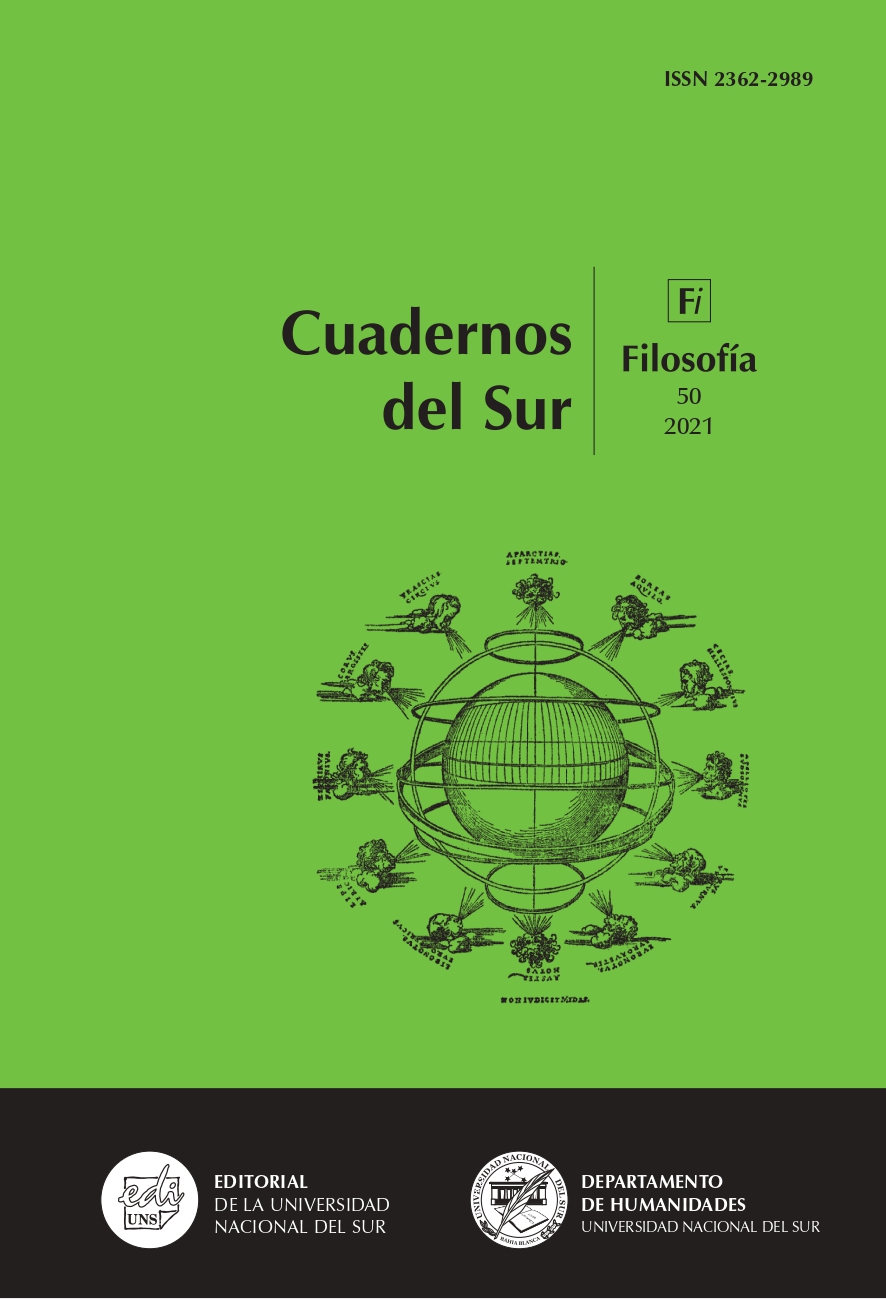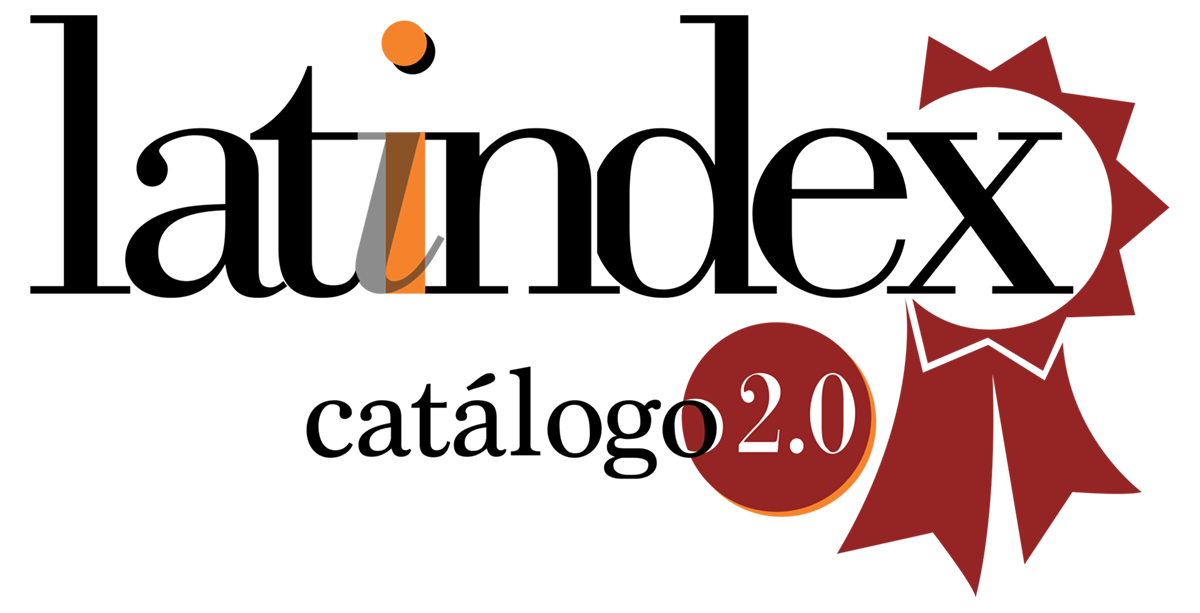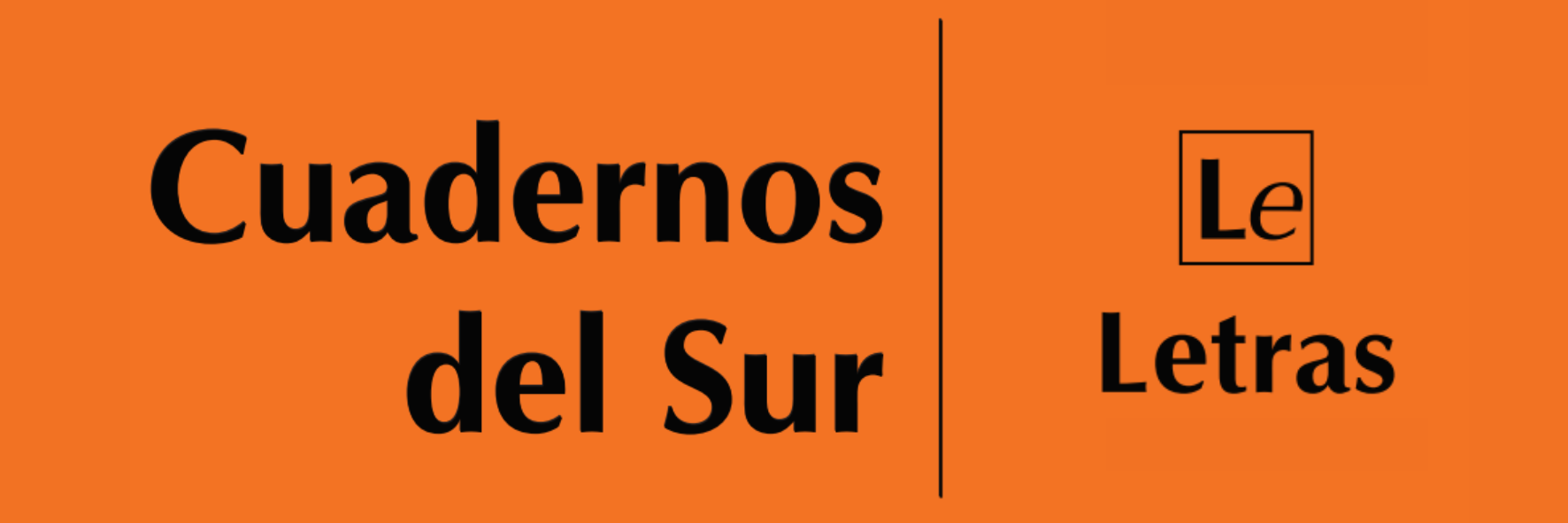La analogía de la manufactura en el Leviatán de Hobbes a la luz de la interpretación arendtiana: continuidades y rupturas
Keywords:
Hobbes, Arendt, manufacturing analogyAbstract
Throughout the history of philosophy, different images were used to conceptualize the State and politics. Analysis and appropriation change according to authors and historical ages. The purpose of this research is to approach the Hobbesian State’s image as a “machine”, “automation”, “artificial man”, that we call “manufacturing analogy”, in the light of Hannah Arendt’s interpretation and critic. First, we will present how Arendt articulates Hobbesian State’s image as a machine to bourgeoisie and imperialism and its political implications. Then, we will analyze how Hobbes conceptualizes State starting from the image of “automation” or “artificial man” in the Leviathan in both levels: internal and international in relation with the organic image. Finally, we will indicate continuities and ruptures between Arendt’s interpretation and Hobbesian references.
Downloads
References
Arendt, Hannah (1998), Los orígenes del totalitarismo, Madrid, Taurus, [1951, traducción de Guillermo Solana].
Hobbes, Thomas (2014), Leviatán o la materia, forma y poder de una república eclesiástica y civil, Buenos Aires, FCE, [1651, traducción de Manuel Sánchez Sarto].
Balzi, Carlos (2014), “¿Un método para el hombre-máquina?”, en Física y política del autómata. Los avatares del hombre-máquina, Córdoba, Brujas, pp. 15-36.
Bobbio, Norberto (1992), Thomas Hobbes, México, FCE.
Correia, Adriano (2015), “Arendt sobre Hobbes como o verdadeiro filósofo da burguesia”, INTERthesis, vol. 12, nº 1, pp. 147-156.
Díaz García, Ivonne Elena (2019), Poder, política y violencia en Arendt, Tesis presentada para el Magíster en Filosofía, Barranquilla, Universidad del Norte, [disponible en http://hdl.handle.net/10584/9837].
Fernández Peychaux, Diego (2013), “El Leviathan como autómata: método y política en Thomas Hobbes”, Anales del seminario de historia de la filosofía, vol. 30, nº 2, pp. 413-430.
Kersting, Wolfgang (2001), Filosofía política del contractualismo moderno, México, Porrúa.
Lakoff, George y Johnson, Mark (1998), Metáforas de la vida cotidiana, Madrid, Cátedra.
Lukac, María Liliana (2008), “Introducción. Diversas perspectivas sobre el pensamiento hobbesiano”, en Perspectivas latinoamericanas sobre Hobbes, Buenos Aires, EDUCA, pp. 15-37.
Naishtat, Francisco (2000), Es y debe en la política secularizada Hobbes, Kant y Habermas, Documento de Trabajo n° 18, Buenos Aires, Instituto de Investigaciones Gino Germani, Facultad de Ciencias Sociales, UBA, [disponible en http://biblioteca.clacso.edu.ar/Argentina/iigg-uba/20100303023850/dt18.pdf].
Negri, Antonio (2008), Descartes político o de la razonable ideología, Madrid, Akal.
Porras, Edgar Straehle (2015), “Sentido común, poder y libertad. Una lectura de Hobbes desde la filosofía de Arendt”, Pensamiento y Cultura, vol. 18, nº 2, pp. 111-135.
Schmitt, Carl (2002), El Leviathan en la teoría del Estado de Thomas Hobbes, Argentina, Editorial Struhart y Cía.
Skinner, Quentin (2010), Hobbes y la libertad republicana, Bernal, Universidad Nacional de Quilmes - Prometeo.
Turró, Salvio (1985), Descartes. Del hermetismo a la nueva ciencia, Barcelona, Anthropos.
Zagari, Ana (2007), Soberanía y gobernabilidad. Actualidad y metamorfosis de un problema filosófico-político, Tesis doctoral, Buenos Aires, USAL, [disponible en https://racimo.usal.edu.ar/56/].
How to Cite
Issue
Section
License
Copyright (c) 2022 Diana Paula Fuhr

This work is licensed under a Creative Commons Attribution-NonCommercial 4.0 International License.
Aquellos autores/as que tengan publicaciones con esta revista, aceptan los términos siguientes:- Los autores/as conservarán sus derechos de autor y garantizarán a la revista el derecho de primera publicación de su obra, el cuál estará simultáneamente sujeto a la licencia Atribución-No Comercial 4.0 Internacional CC BY-NC 4.0.
- Los autores/as podrán adoptar otros acuerdos de licencia no exclusiva de distribución de la versión de la obra publicada (p. ej.: depositarla en un archivo telemático institucional o publicarla en un volumen monográfico) siempre que se indique la publicación inicial en esta revista.
- Se permite y recomienda a los autores/as difundir su obra a través de Internet (p. ej.: en archivos telemáticos institucionales o en su página web) una vez publicado su trabajo, lo cual puede producir intercambios interesantes y aumentar las citas de la obra publicada. (Véase El efecto del acceso abierto).














